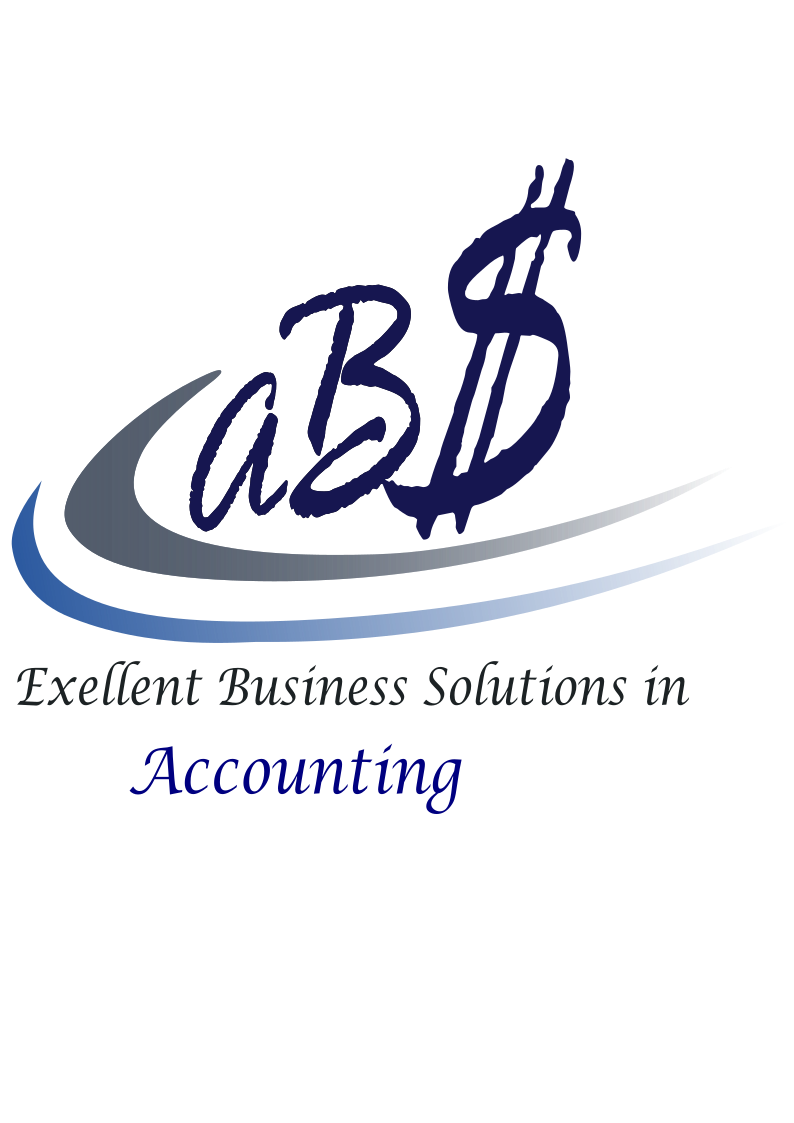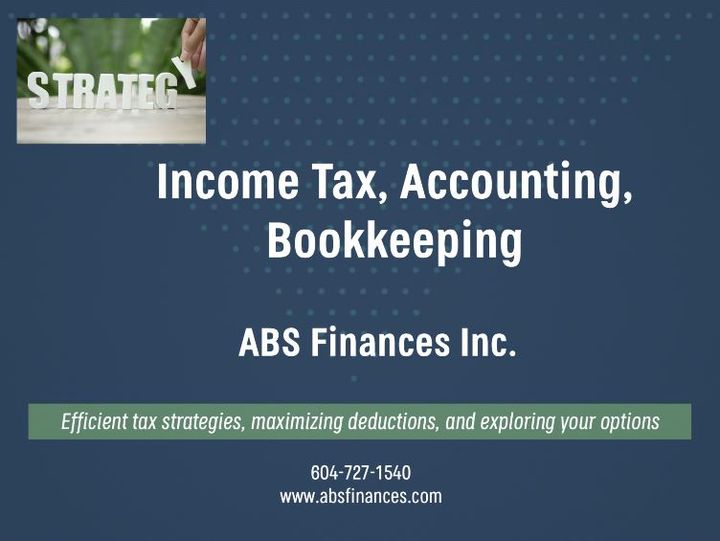Employee Allowances and Reimbursements

An employee allowance refers to an extra payment given to employees regularly or as a lump sum, aside from their usual salary or wages. The aim of these allowances is to help employees cover expected job-related expenses. Calculations for allowances may depend on factors like travel distance or the number of daily meals.
Here are some examples of allowances:
- Automobiles or other motor vehicles.
- Board and lodging.
- Gifts and awards.
- Group term life insurance policies.
- Interest-free or low-interest loans.
- Meals.
- Security options.
- Tool reimbursement or allowance.
- Transit passes.
- Tuition fees.
On the other hand, reimbursements are provided to compensate individuals for actual expenses they have incurred while carrying out the duties of employment. To receive reimbursements, employees usually need to submit receipts for verification purposes.
The CRA considers the following as reimbursements:
- A payment directly made by an employer, as long as the entire liability for payment is not solely on this person. For instance, if an employer and employee share responsibility for paying an amount on a corporate credit card, it can be considered a reimbursement.
- An accountable advance, which is an amount given to cover anticipated expenses. The individual receiving the advance is accountable for providing supporting vouchers for the expenses incurred and is required to return any unused amount.
- A cash advance acquired by an employee using the company credit card. Whether the cash advance is obtained before or after the expenses are incurred, it still qualifies as a reimbursement.
Taxation of Allowances and Reimbursements under the Income Tax Act
As per s.6(1)(b) of the Income Tax Act, any allowance received by a taxpayer should be included in their income from an office or employment, unless it falls under specific exceptions.
Regarding reimbursements, it is essential to determine whether the employee has received an "economic benefit" from the payment. If the reimbursement exceeds the actual expenses incurred by the employee, it may be considered an economic benefit. Generally, reimbursements are not taxable for employees. However, if an economic benefit is present, such as coverage of personal expenses, it could be considered a taxable benefit and subject to taxation.
Recordkeeping for Allowances
To optimize your tax benefits and adhere to tax regulations, maintaining comprehensive and precise records of your allowances is crucial. Here's a guide on how to effectively document your allowances:
a) Retain Receipts and Invoices: Keep all relevant receipts and invoices for expenses covered by the allowance. These should include receipts for meals, transportation, accommodation, or any other eligible expenses. Make sure these documents clearly indicate the nature of the expense, the date, and the amount paid.
b) Gather Supporting Documentation: In addition to receipts, gather any supporting documentation that can substantiate the need for the allowance. This may include business-related travel itineraries, conference agendas, or schedules of client meetings. Such documentation helps establish a clear connection between the allowance and the expenses incurred.
c) Create Detailed Expense Reports: Prepare and maintain comprehensive expense reports that outline the purpose of each expense, the date it was incurred, and the amount spent. These reports should align with the receipts and invoices you have collected.
SUMMARY AND CONCLUSION
Proper documentation of allowances and reimbursements is crucial to optimize tax benefits and remain compliant with tax regulations.
By retaining receipts, creating detailed expense reports, and gathering supporting documentation, businesses can establish a robust recordkeeping system that provides transparency and accountability.
Maintaining accurate documentation ensures that tax authorities can verify the legitimacy of the allowances and reimbursements, preventing any potential tax disputes. Overall, adhering to these documentation practices promotes financial transparency and helps businesses navigate the complexities of tax regulations with confidence.
Get in touch with me to discover strategies for optimizing your tax savings @ 604-727-1540

Disclaimer: “Please note that the information provided in this article is of a general nature and may not be accurate for your specific situation. The information is current as of the date of posting and is not intended to provide legal advice. It's always recommended that you consult with a professional accountant and lawyer for personalized guidance and advice."



